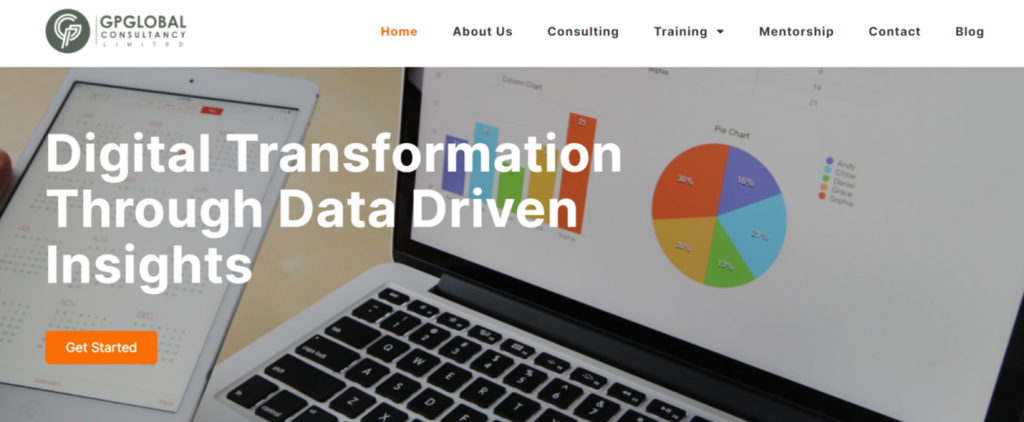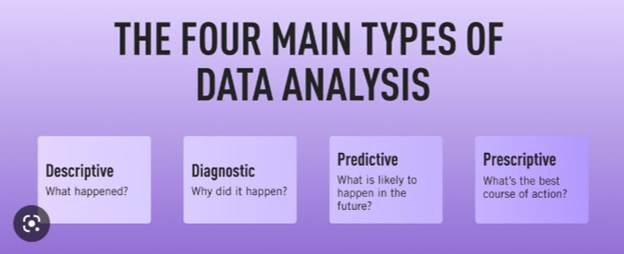This article provides a thorough introduction to data analytics, beginning with a clear definition and covering essential tools and techniques.
What is Data Analytics?
Data analytics refers to the process of examining, interpreting, and analyzing data to derive insights and information that can be used to make informed decisions.
It involves using statistical and computational methods to identify patterns, trends, and relationships within large and complex datasets. Data analytics is used across a wide range of industries and applications, including marketing, finance, healthcare, retail, and many others.

Data Analytics can be used to help organizations better understand their customers, optimize their operations, and improve their overall performance.
These techniques enable analysts to sift through vast amounts of data quickly and efficiently, and to identify patterns and insights that might not be immediately obvious to the human eye.
Types of Data Analytics

Descriptive Analytics: Descriptive analytics is a type of data analysis that emphasizes describing the features of a dataset.
By analyzing historical data, this method can identify patterns and trends that can help us make better future decisions, using a variety of techniques, including statistical measures and visualizations.
Predictive analytics. This is a valuable tool that uses past data to make predictions about future outcomes.
By studying patterns and trends in past data, predictive analytics models can be built to predict future trends and behaviors.
Predictive analytics is a powerful tool that helps organizations make informed decisions by providing insights into future trends and behaviors.
This is done using a variety of techniques, including machine learning algorithms, regression analysis, and decision trees.
Diagnostic Analytics. This is focused on identifying the root causes of a particular outcome or event. It involves performing a root cause analysis on historical data to determine why something happened, and to identify the factors that contributed to that outcome.
It’s main goal is to understand the root causes of a problem or opportunity, and to use that information to inform future decision-making. This can be achieved using a variety of techniques, including statistical analysis, data visualization, and machine learning.
READ MORE: Examples of Diagnostic Analytics
Prescriptive analytics is a type of advanced analytics that uses mathematical and computational algorithms to provide recommendations for the best course of action to take in each situation. It uses optimization and simulation techniques to generate recommendations that can be used to improve business processes, reduce costs, increase efficiency, and maximize profits.
READ MORE: Examples of Prescriptive Analytics
How to Become a Data Analyst
Becoming a data analyst typically involves developing a strong foundation in data analysis and statistics skills. Here are some steps you can take to become a data analyst.
Step 1. You can begin by taking a few courses at GPGlobal Consultancy Ltd to help you understand statistical concepts and methods, crucial for interpreting data and making informed decisions.
GPGlobal Consultancy will get to familiarize with techniques such as regression analysis, hypothesis testing, data wrangling and data visualization. We deliver Data Analysis training in three powerful software programs: Excel, Power BI, and SQL and It comes with real-world experience
To undertake these data analytics courses, you can register Here.
Step 2. Build a portfolio: Build a portfolio of projects that demonstrate your skills and abilities in data analysis. You can create projects using publicly available data sets or work on projects with real-world applications.
Step 3. Gain experience: Look for internships or entry-level positions that allow you to gain hands-on experience with data analysis. GPGlobal Consultancy Ltd can assist new data analysts in establishing fulfilling careers in data analysis by offering more personal support.
We want to empower newbies and professionals who are making career switches; guiding them as they make professional decisions. If you wish to participate in a practical internship to help you realize your full potential in a short time, you can register here to join our mentorship programme.
Step 4.
Taking personal development courses and training is essential for data analysts, as new tools and techniques are constantly being developed.
Conclusion
There are many ways to get started in data analytics, whether you’re looking to pursue a career in the field or just want to learn more about it.
Understanding the basics of data analytics is an essential first step, and there are plenty of resources available to help you get started.
READ MORE: Career in Data Analytics
